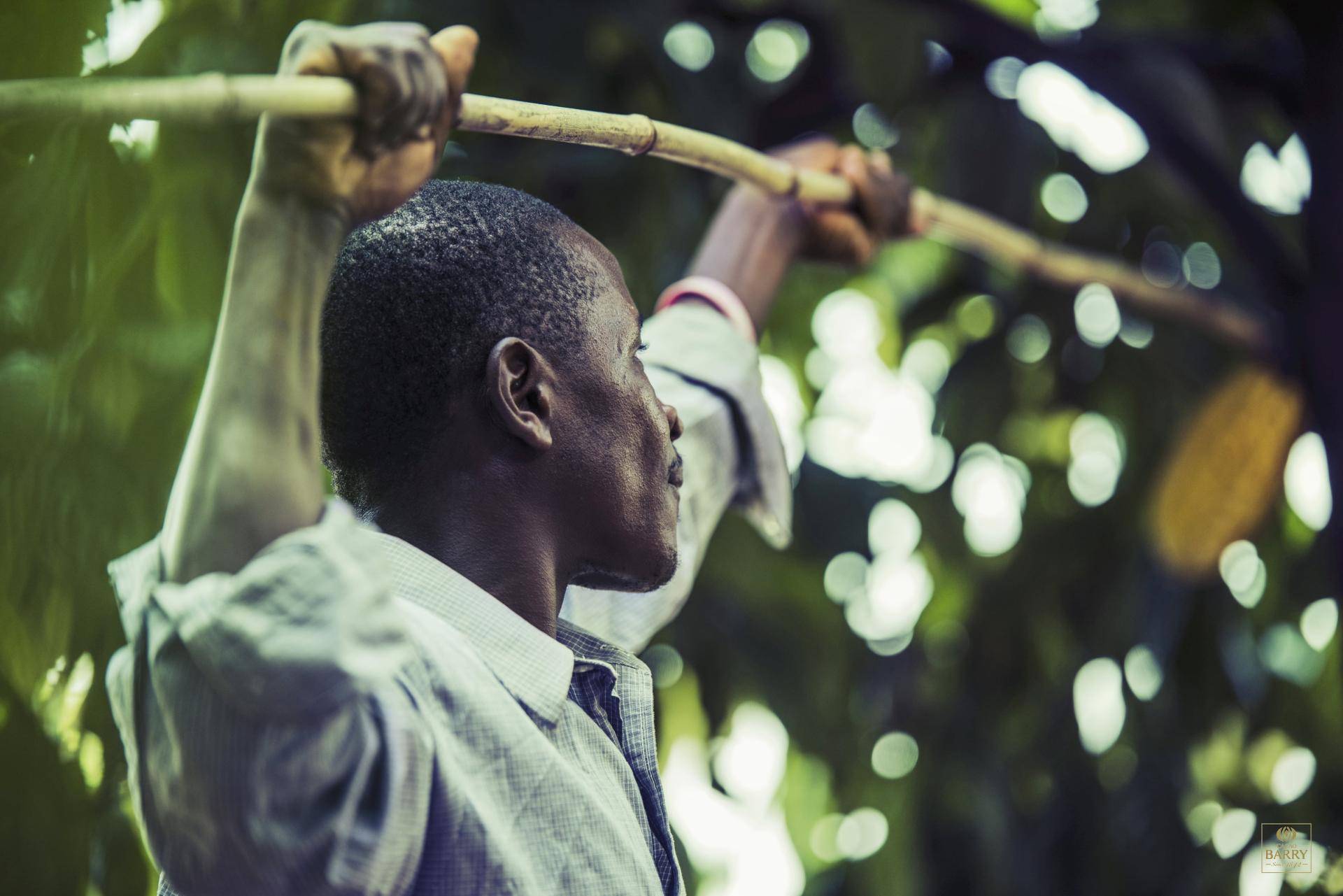Transparency and traceability in our cocoa supply chain

Transparency and traceability in our cocoa supply chain
By publicly sharing this information, we are contributing to transparency and traceability in our cocoa supply chain. This data also demonstrates the evolution of our data collection capabilities and our confidence in the robustness of our data.
The map includes geographical data of warehouses, cooperatives and districts in Brazil, Côte d’Ivoire, Cameroon, Ecuador, Indonesia, Ghana and Nigeria. Each pin point on the map details the geographical location, cooperative or district name, certification scheme and the number of farmers we are sourcing from in our supply chain.
The map currently covers 100% of our direct supply chain. In line with our core principle of partnering with other stakeholders to create tangible impact on the ground and make sustainable chocolate the norm, this map also extends beyond our direct supply chain, covering warehouses in Côte d’Ivoire from our indirect supply.
To safeguard the privacy of smallholder farmers, we are making our traceability data publicly accessible up to the warehouse level. Simultaneously, we gather farm-level data through polygon mapping. Comparing this data with satellite images of forests are essential in our efforts to combat deforestation. Additionally, to manage the risk associated with deforestation or illegal production, we closely monitor the volume of cocoa sourced from these mapped areas and compare it to credible yield assumptions.
We will continue to update this map as part of our continuing progression towards a more transparent supply chain.
Last updated June, 2025

